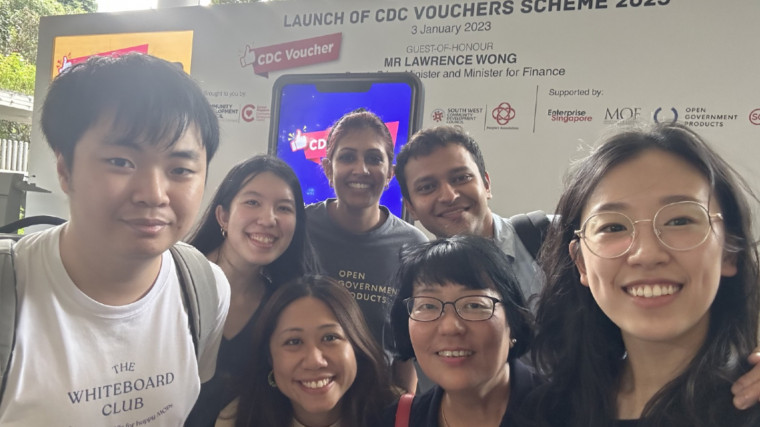|
Audio Version Available
|
In July 2021, Carina Lim was hanging out at hawker centres for hours at a time.
She wasn’t there to grab a meal; she was more interested in finding out how hawkers and customers, particularly the elderly, felt about using their Community Development Council (CDC) vouchers.
Most of us should be by now familiar with CDC vouchers, sent to each household to defray the costs of living expenses.
Claim your vouchers, click on the SMS link sent to your phone to use the digital vouchers, in different denominations of $2, $5, and $10. Easy peasy.
This year, Singaporeans can claim $300 worth of CDC vouchers, half of which is for use in supermarkets.
But do you remember that the first set of CDC vouchers were actual pieces of paper, issued at community centres? The first set of digital vouchers went out only in December 2021.
These digital CDC vouchers are part of RedeemSG, the national voucher system set up in 2020 by product designers like Carina at Open Government Products, which builds tech products for public good.
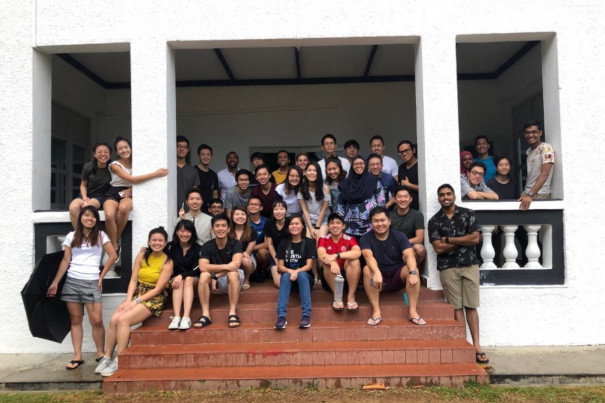
Products such as go.gov.sg (government link shortener), postman.gov.sg (which sends out government related messages), and RedeemSG, have been born out of OGP’s annual hackathon, called Hack For Public Good.
RedeemSG was built over two years by a nine-person team of product designers, engineers and specialists.
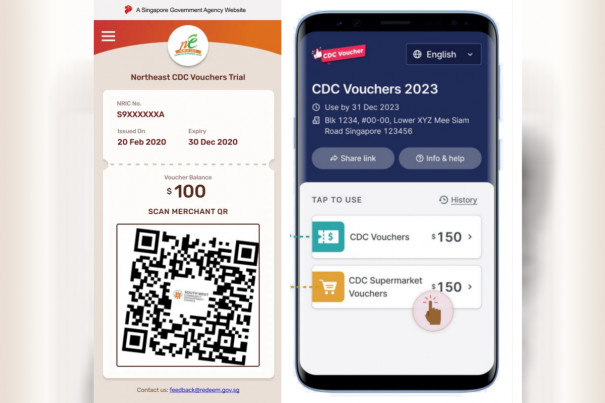
During Covid-19, RedeemSG was also used to allow Singaporeans to redeem free masks from more than 1,000 vending machines in neighbourhoods across Singapore.
The pandemic was another key driver for RedeemSG’s digital voucher system.
That was why Carina and her team were staking out hawker centres, talking to the stakeholders on the ground. She wanted to understand what people thought about the voucher system – did they like it? Was it easy to use?
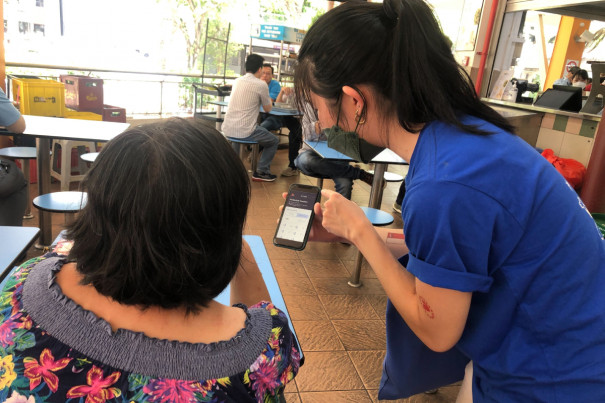
For younger, more tech savvy Singaporeans, this might be a simple affair. But for those who were perhaps older, or couldn’t speak English, accessing digital vouchers, compared to the paper vouchers previously issued at the community centres, this was a big shift.
The challenge of adoption
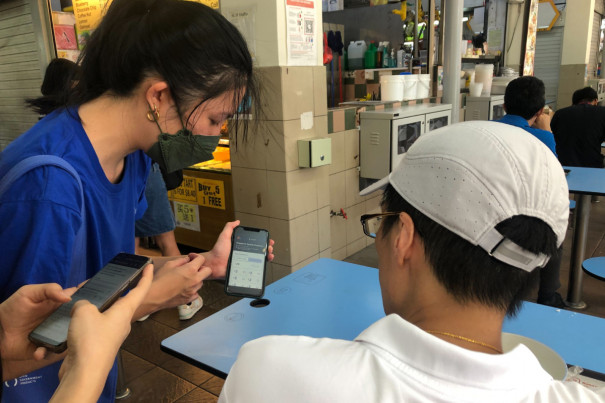
Carina’s job was to ensure that vouchers were digitised, without leaving people behind.
Sounds easy on paper (pun intended), but it wasn’t so easy in practice.
“Early on, we wanted to make sure that the people who needed the vouchers were able to use these vouchers. Many of these were the elderly, who were unfamiliar with tech.”
“For younger people, it may not be a problem to key in the amount, like how you would use PayLah. But this was a struggle for the elderly who might press the wrong button.”
So rather than introducing an open key-in method of paying hawkers and merchants, the team designed the vouchers with different denominations for users to choose from.
Other stories you might like
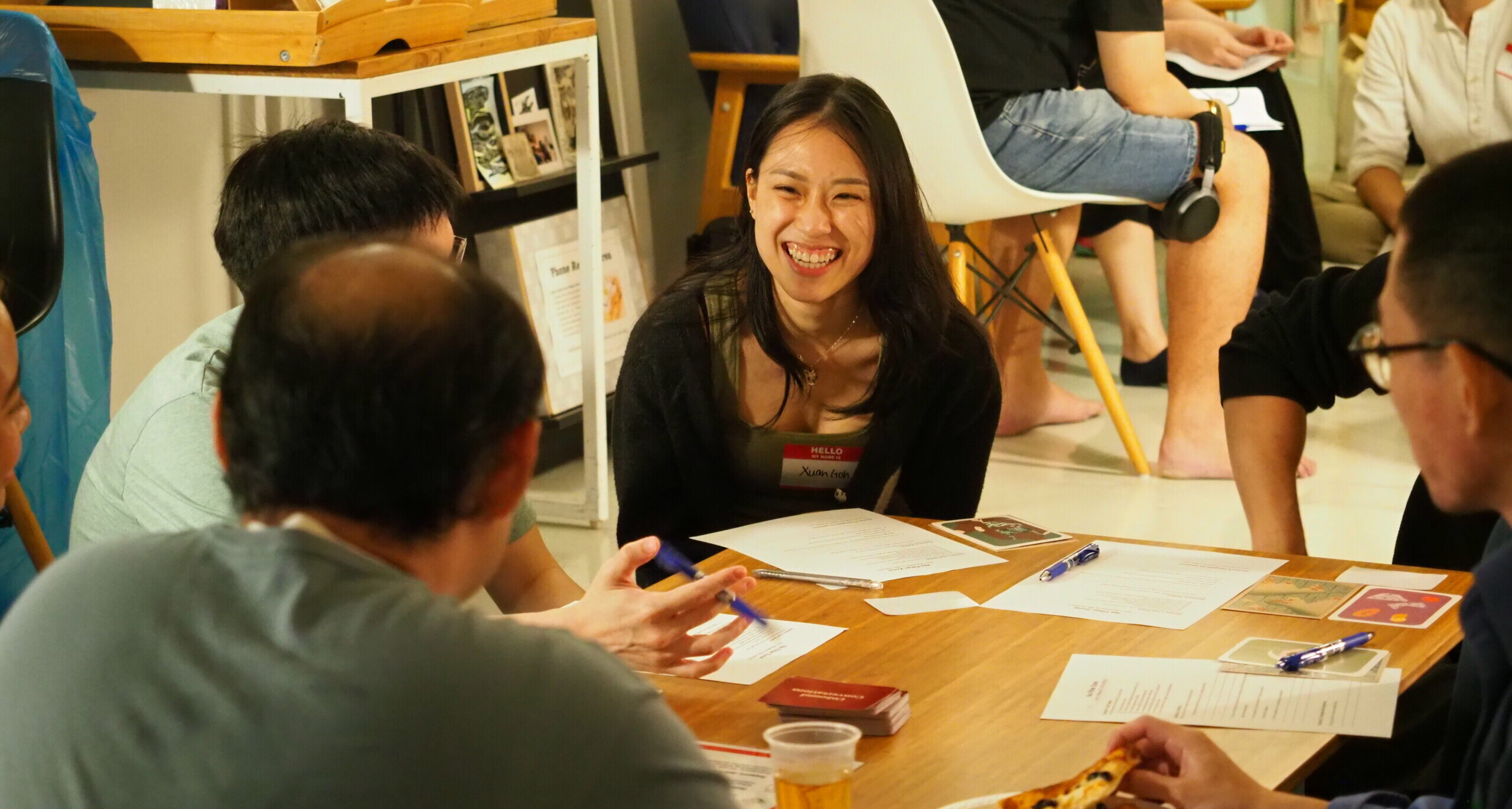
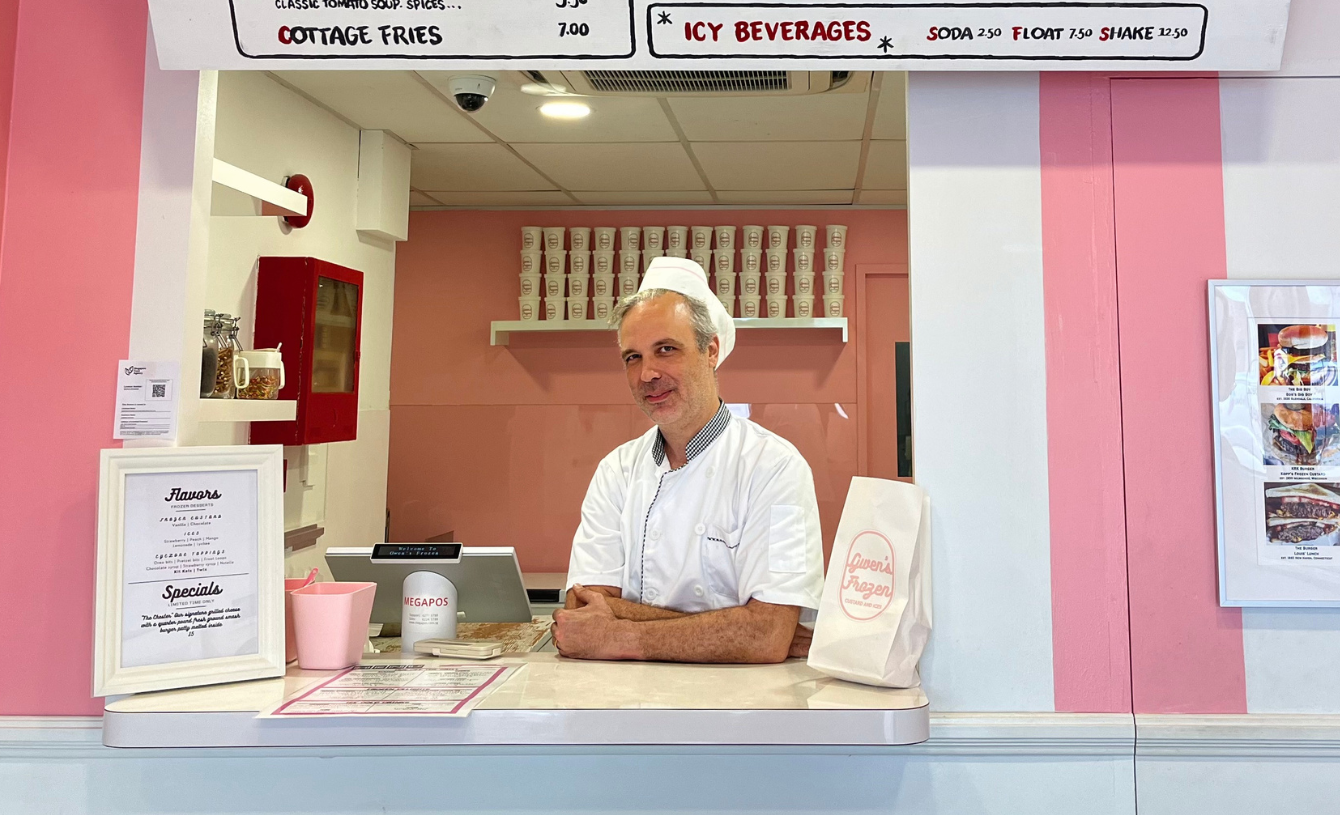
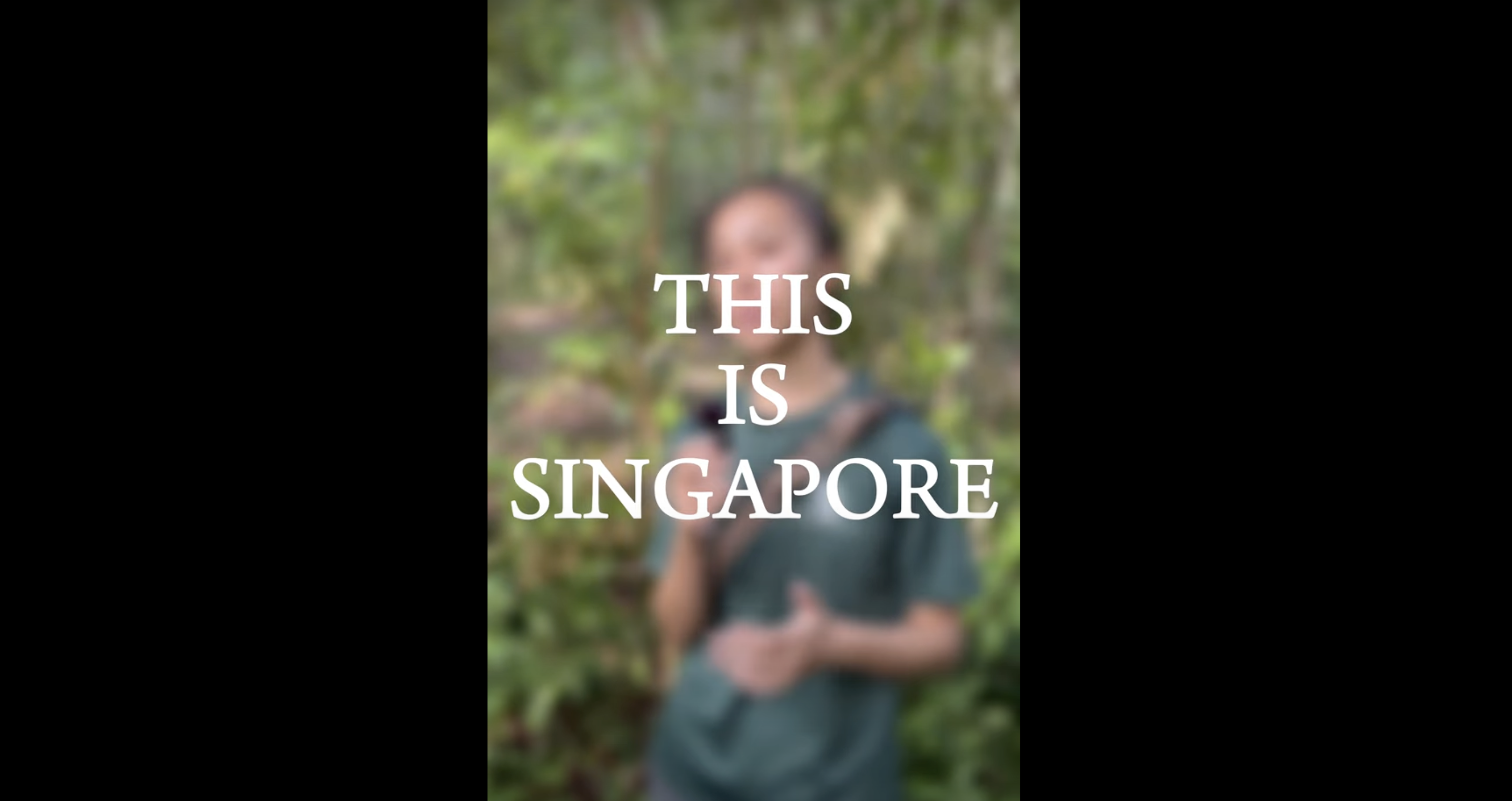
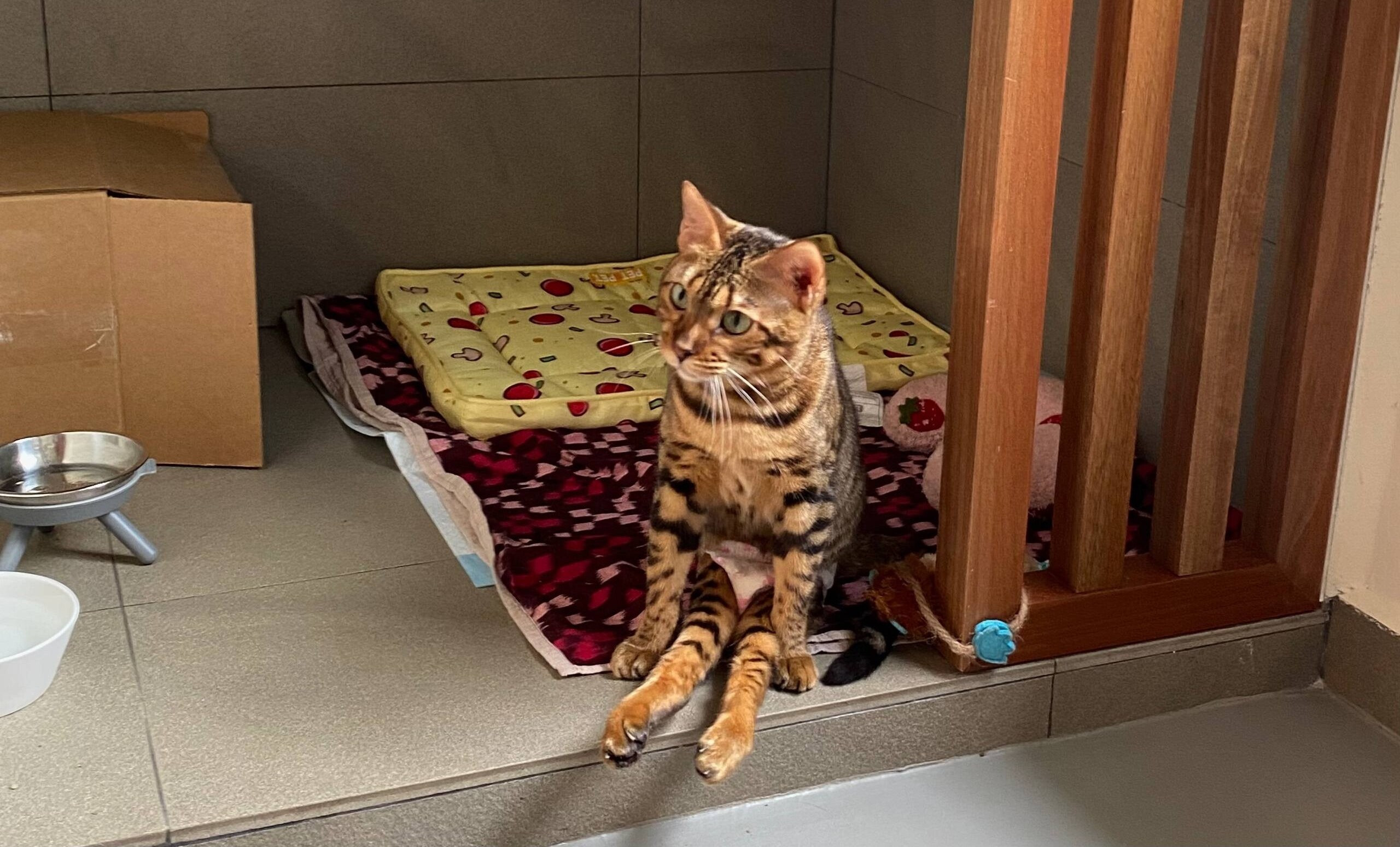

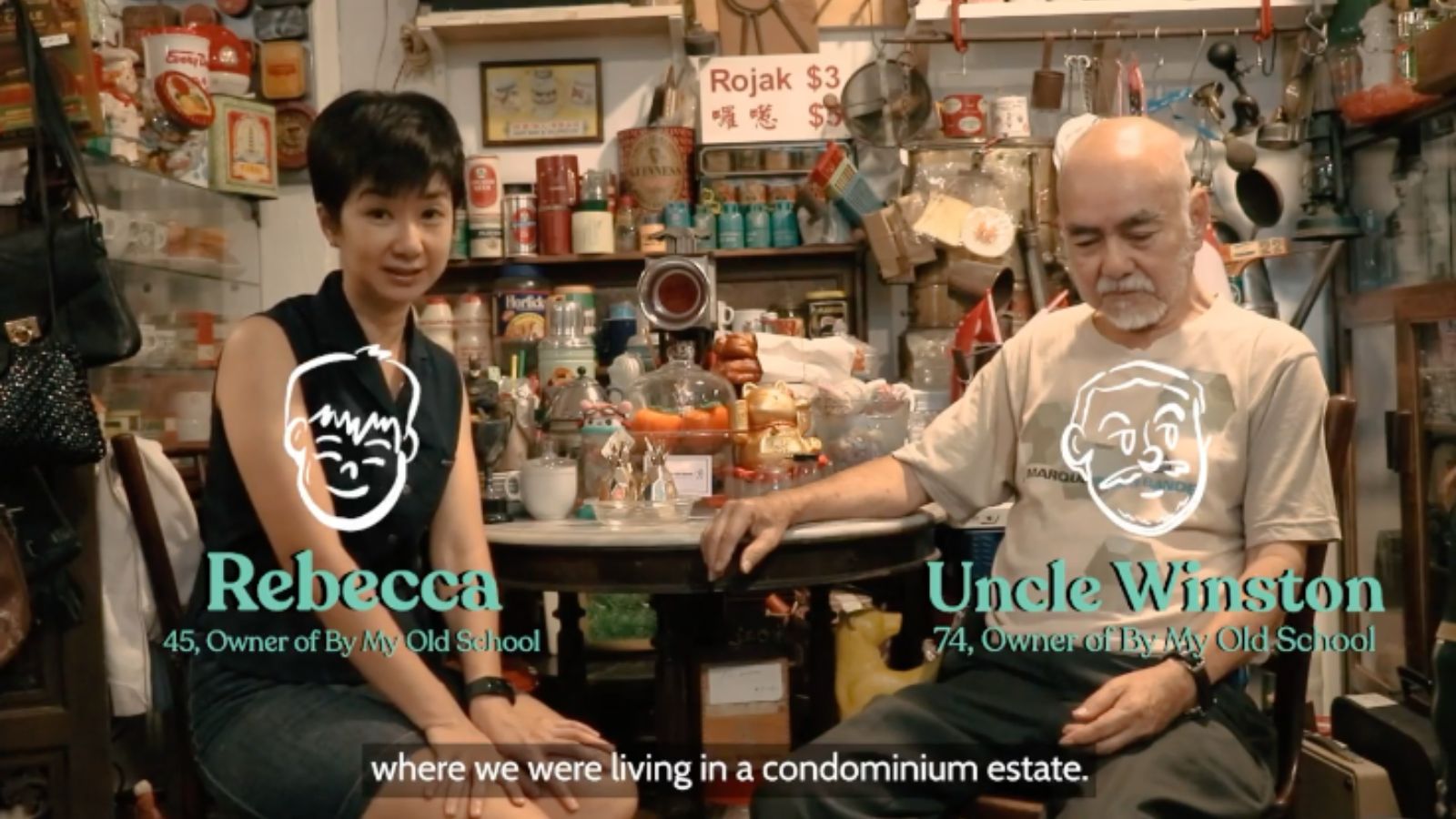
This payment method was also more familiar to the elderly who might be used to using paper vouchers or cash.
This design principle, “Most Advanced, Yet Acceptable” (or MAYA) is used by Big Tech companies like Apple to make people feel familiar with a new technology.
For example, the first iPhone, launched in 2007, had a physical home button even though it already had a touchscreen.
The button was a physical reminder of previous phone models while encouraging users to try something new. Rather than pushing out a fully touchscreen phone, Apple used the physical home button to make the phone more welcoming and less intimidating.
Helping others in the digital ecosystem
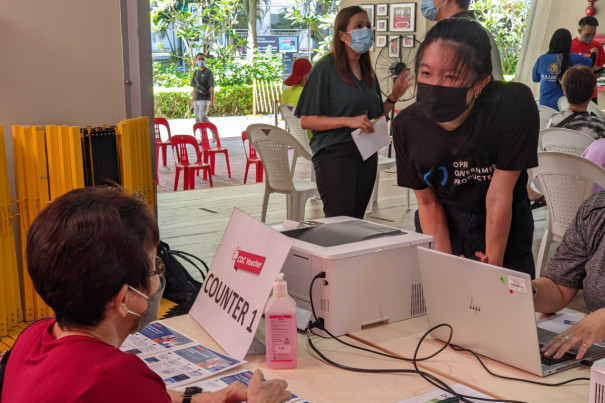
The team didn’t only want to help citizens with the vouchers. They wanted to help merchants too.
Before the introduction of e-vouchers, paper vouchers would be issued to users, who in turn would give these to merchants.
At the end of each week, staff members would take a haversack around the heartlands shopping areas, to collect the physical vouchers and record how much the merchants received.
Merchants would wait up to two weeks to get their money, which may make it difficult for those with poorer cash flows.
The digital system allowed most merchants to be paid by the next day.
Balancing between what people want, and the greater good
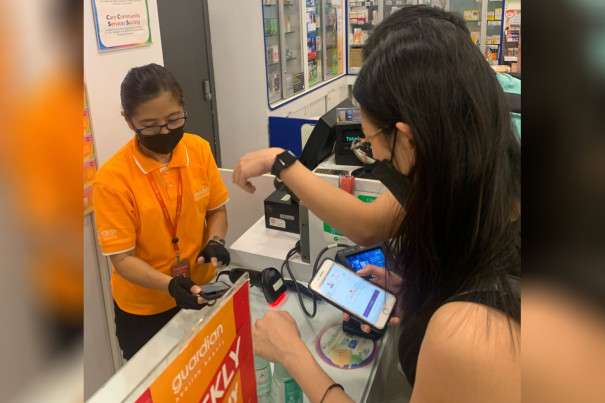
Says Carina: “We got the most feedback about how we should make more vouchers in $2 denominations.”
But the team also wanted to encourage people to use other services in the heartlands.
“We knew that the vouchers were not only going to be used in the hawker centres, but also at other heartland stores like the barber or nail salon.
“At these places, the amounts paid were higher. That was why we deliberately kept a number of $10 denominations to ensure that the money would be distributed among the heartland shops, and not just the hawker centres.”
A different path to designing tech
In less than a month since the 2023 CDC vouchers were issued, more than 1 million Singapore households claimed their CDC vouchers, and have already spent more than $132 million on participating outlets. according to Minister of State for Trade and Industry Low Yen Ling.
In the previous two tranches, 97.5 per cent of the 1.22 million Singaporean households claimed the vouchers, amounting to $222 million.
Carina says that she is happy that the team at OGP came up with a product that solves the problem of digitalising paper vouchers, ensures that merchants get paid faster, and gives citizens greater convenience.
It is part of the ethos behind the work of the team at OGP.
Tech with heart
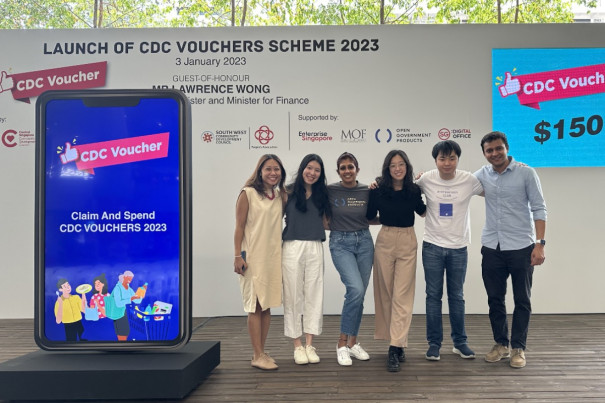
Why does she work at OGP rather than a Big Tech firm?
Explains Carina: “It’s the chance to solve problems, without having to solve for profit. In many ways, I’m grateful because I don’t have to worry about how to make users spend more time on an app.”
She might not have that same freedom to do so if she worked at a Big Tech firm.
Big Tech companies have been criticised for creating ways to keep users engaged with their products – to put the needs of the company first, instead of being user-focused.
Other stories you might like




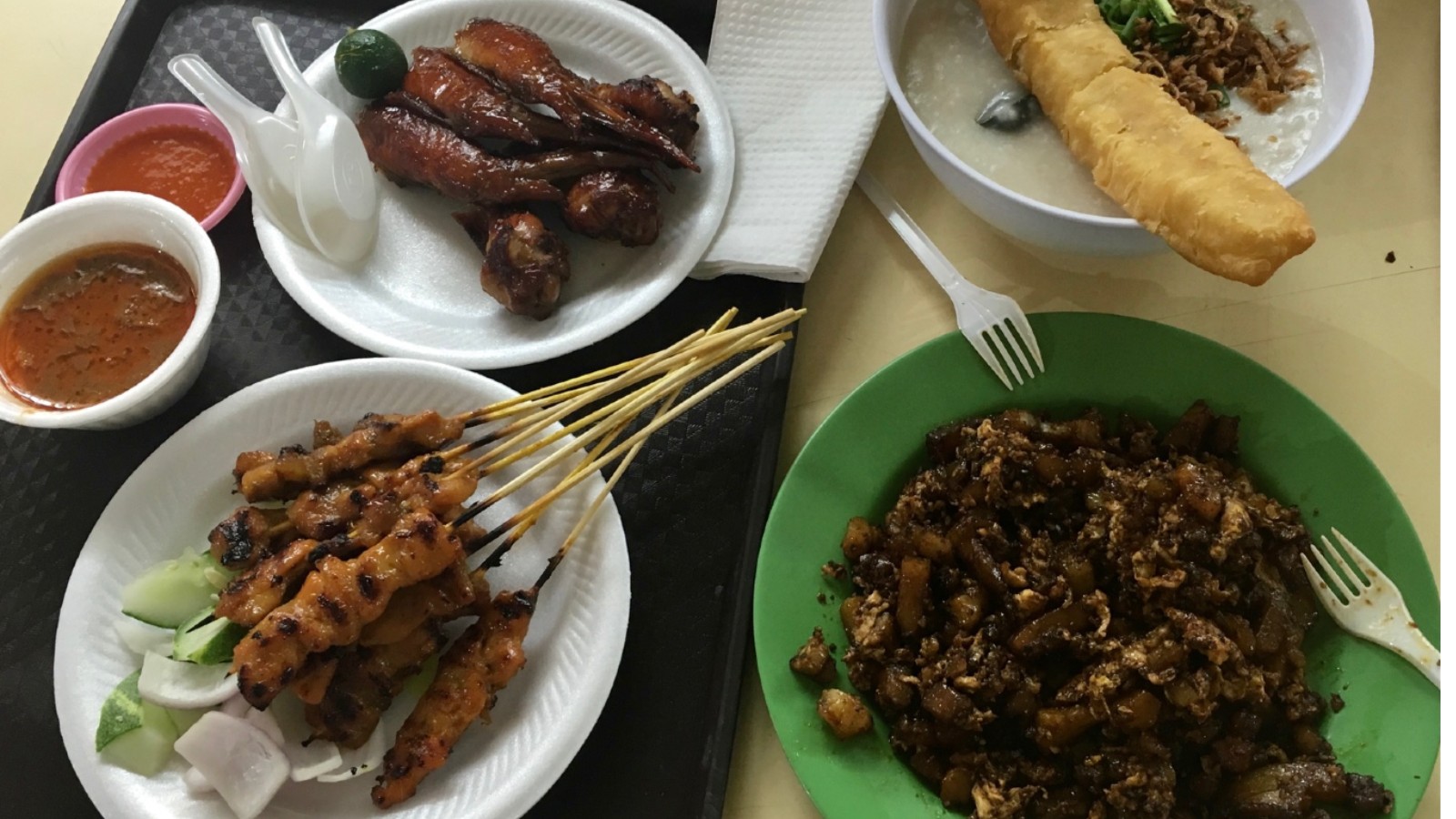

Much of the controversy around Big Tech today surrounds how we, the users, are today the resource being exploited.
In 2020’s docu-drama The Social Dilemma, which investigated how Big Tech encourage our online social media addictions for profit, one former engineer at Facebook (now called Meta) says: “We live in a world in which a tree is worth more, financially, dead than alive, in a world in which a whale is worth more dead than alive… What’s frightening… is to see that now we’re the tree, we’re the whale.”
Carina says: “The work done at OGP offers a different way to think about technology – and how it’s not simply there to ‘engage’ us, to make us ‘consume’ more, to make us ‘checkout’ more, but as a genuine way to solve problems.”
If you like what you read, follow us on Twitter and Google News to get the latest updates.
